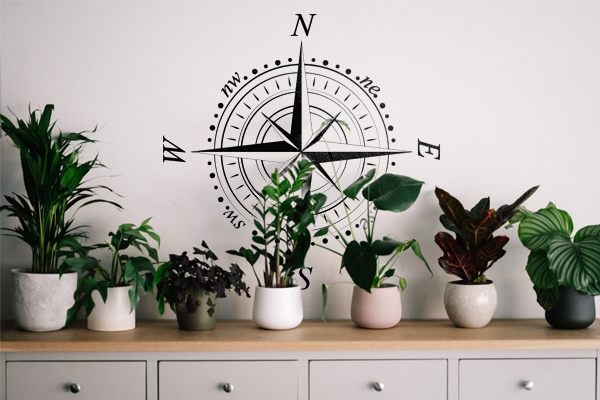Shri Lakshmi Jagannath is a distinguished astrologer based in the vibrant city of Bengaluru. With an illustrious career spanning over two decades, she has established herself as a beacon of wisdom and guidance in the realm of Vedic astrology.
Read More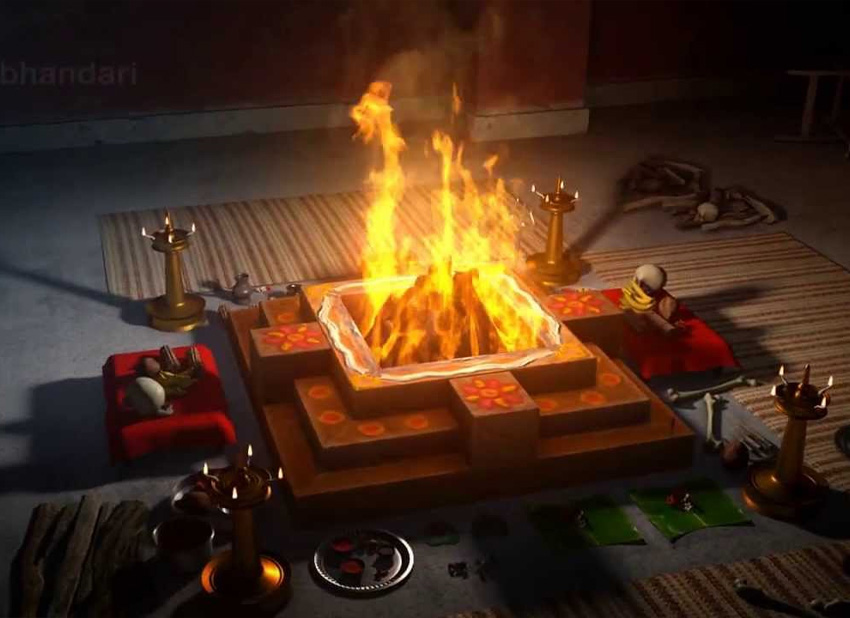
20+ Years Of Experience
Homa
A Homa (or Homam) is an ancient Vedic ritual involving the offering of oblations into a consecrated fire. This ritual is a key component of Hindu religious ceremonies and is performed to invoke the blessings of deities, purify the environment, and bring about spiritual and material benefits. The fire, considered sacred, acts as a medium between humans and the divine.
The vibrations created by the Homa have a profound effect on the atmosphere and surroundings. All homas are performed with an intention of universal happiness and peace: “lokah samastah sukhino bhavantu, Om shanti shanti shanti”, which means ‘may everyone be happy, may there be peace everywhere’. Apart from this, every specific homa will have a specific effect or benefits, depending on the type of energy the homa invokes and enhances.
Homa is a profound ritual that combines devotion, meditation, and the power of Vedic chants to create a harmonious connection between the human and the divine.
Havan plays a significant role in almost every Hindu household. Fire is considered sacred in Hinduism, and the prime element of the havan is fire. The sacred fire is believed to connect an individual’s consciousness to the cosmic consciousness and is performed to burn negativity from the dweller's lives and to welcome positivity and harmony in the dwelling. The auspicious ritual of Havan is performed during puja, marriages and other special occasions.
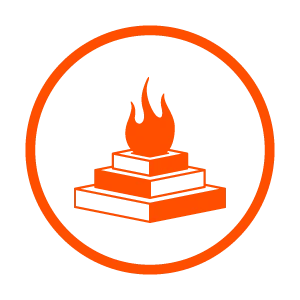
Sacred Fire (Agni)
The central element of a Homa is the fire, which is kindled in a specially prepared fire pit or altar (Kund). The fire is considered a divine witness and mediator.

Oblations (Havis)
Offerings such as ghee (clarified butter), grains, herbs, wood, and other sacred substances are poured into the fire. These offerings are believed to reach the deities through Agni.


Mantras and Chants
Specific Vedic mantras and prayers are chanted throughout the ceremony. These mantras are recited to invoke the presence and blessings of various deities.

Priest (Purohit)
A knowledgeable priest or a trained individual conducts the Homa. The priest follows precise rituals and recitations as prescribed in the Vedic scriptures.
Performed to invoke the blessings of Lord Ganesha for removing obstacles and ensuring success in new ventures.
Conducted to appease the nine planetary deities (Navagrahas) and mitigate the malefic effects of planets.
Performed for longevity and good health, particularly on birthdays or when someone is recovering from illness.
Conducted to seek the blessings of Goddess Lakshmi for wealth, prosperity, and financial stability.
Performed to invoke the blessings of Goddess Saraswati for wisdom, knowledge, and success in education and arts.
Conducted to seek protection and remove negative influences and enemies, dedicated to Lord Vishnu’s Sudarshana Chakra.
Dedicated to Lord Shiva, this Homa is performed for overall well-being, prosperity, and removal of negativities.
The primary purpose of a Homa is to communicate with the energies of the universe. We make our Sankalpa (resolve) in the presence of various natural elements as our witness.
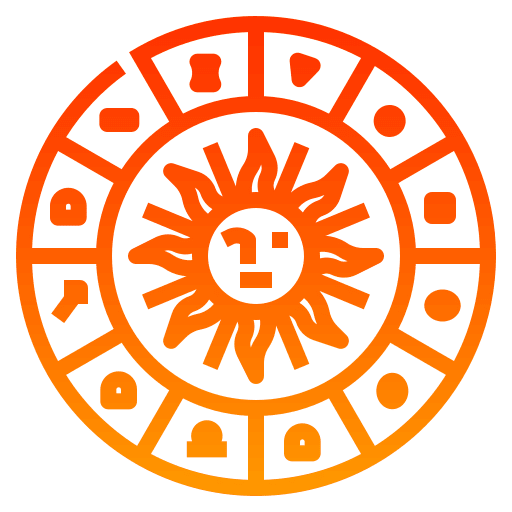
Preparation
Selection of Date and Time: An auspicious date and time (Muhurta) are chosen based on astrological calculations. Setting up the Altar: A fire pit or Kund is prepared, often in a geometrical shape, and decorated with sacred symbols and items.
Preparation
Selection of Date and Time: An auspicious date and time (Muhurta) are chosen based on astrological calculations. Setting up the Altar: A fire pit or Kund is prepared, often in a geometrical shape, and decorated with sacred symbols and items.

Purification
Sankalpa: The priest takes a solemn vow (Sankalpa), stating the purpose and intent of the Homa. Invocation of Deities: Deities are invoked and invited to preside over the ceremony through specific mantras and rituals.
Purification
Sankalpa: The priest takes a solemn vow (Sankalpa), stating the purpose and intent of the Homa. Invocation of Deities: Deities are invoked and invited to preside over the ceremony through specific mantras and rituals.

Kindling the Fire
The fire is lit, usually using camphor or other traditional methods, and sanctified with the chanting of mantras.
Kindling the Fire
The fire is lit, usually using camphor or other traditional methods, and sanctified with the chanting of mantras.

Offering of Oblations
Ahuti: Offerings are made into the fire while chanting specific mantras. Ghee, herbs, grains, and other sacred substances are used. Swaha: Each offering is accompanied by the utterance of “Swaha,” signifying the act of giving to the divine.
Offering of Oblations
Ahuti: Offerings are made into the fire while chanting specific mantras. Ghee, herbs, grains, and other sacred substances are used. Swaha: Each offering is accompanied by the utterance of “Swaha,” signifying the act of giving to the divine.

Main Ritual
Chanting & Prayers Continuous recitation of mantras and prayers directed towards the deities. Havan:Major offerings are made, often accompanied by the recitation of sacred texts and hymns.
Main Ritual
Chanting & Prayers Continuous recitation of mantras and prayers directed towards the deities. Havan:Major offerings are made, often accompanied by the recitation of sacred texts and hymns.

Concluding Rituals
Purnahuti The final oblation, marking the completion of the Homa, often includes special offerings like fruits, sweets, and flowers. Aarti and Prasad:The ceremony concludes with the waving of lamps (Aarti) and distribution of sanctified food (Prasad).
Concluding Rituals
Purnahuti The final oblation, marking the completion of the Homa, often includes special offerings like fruits, sweets, and flowers. Aarti and Prasad:The ceremony concludes with the waving of lamps (Aarti) and distribution of sanctified food (Prasad).


